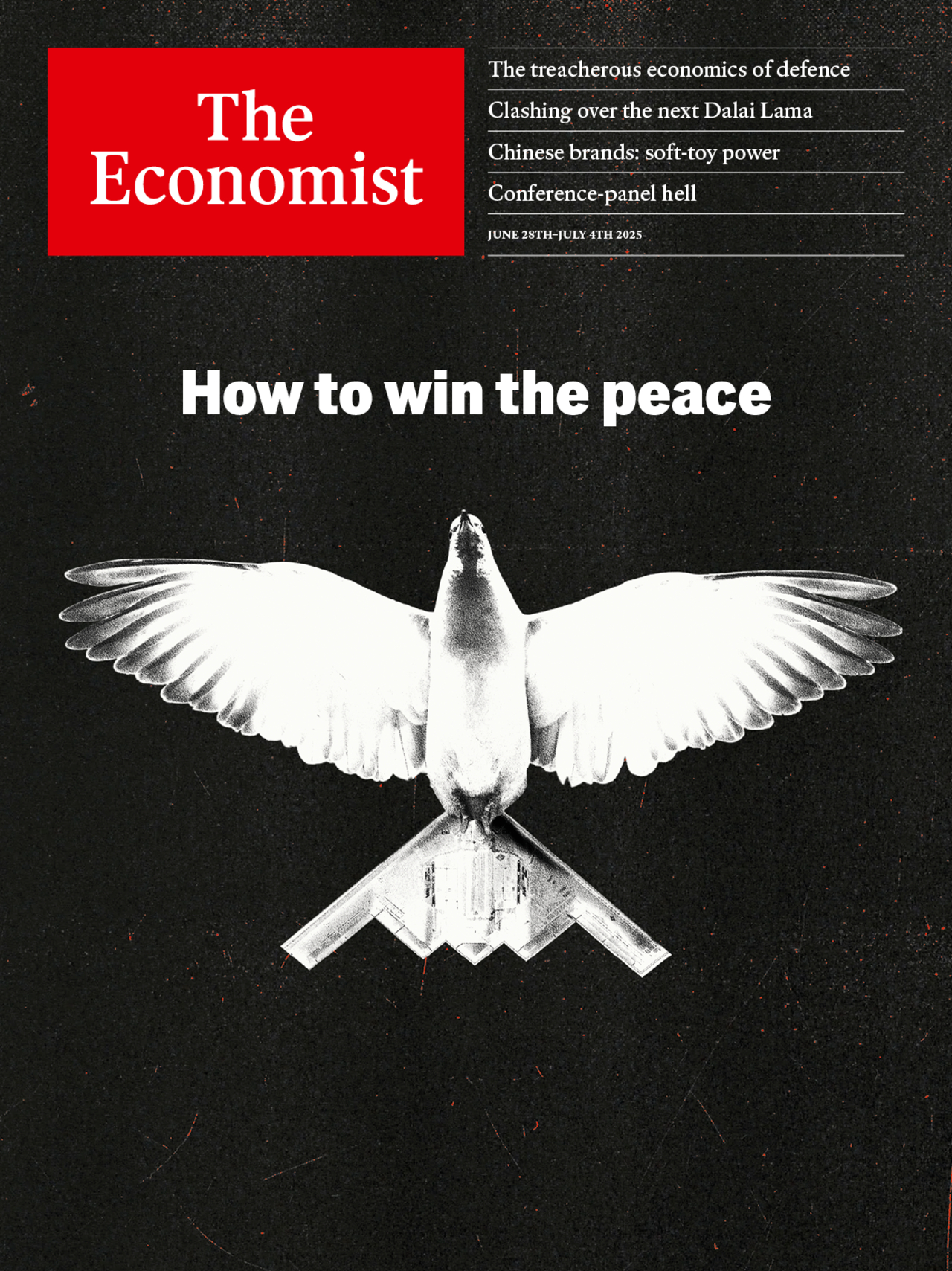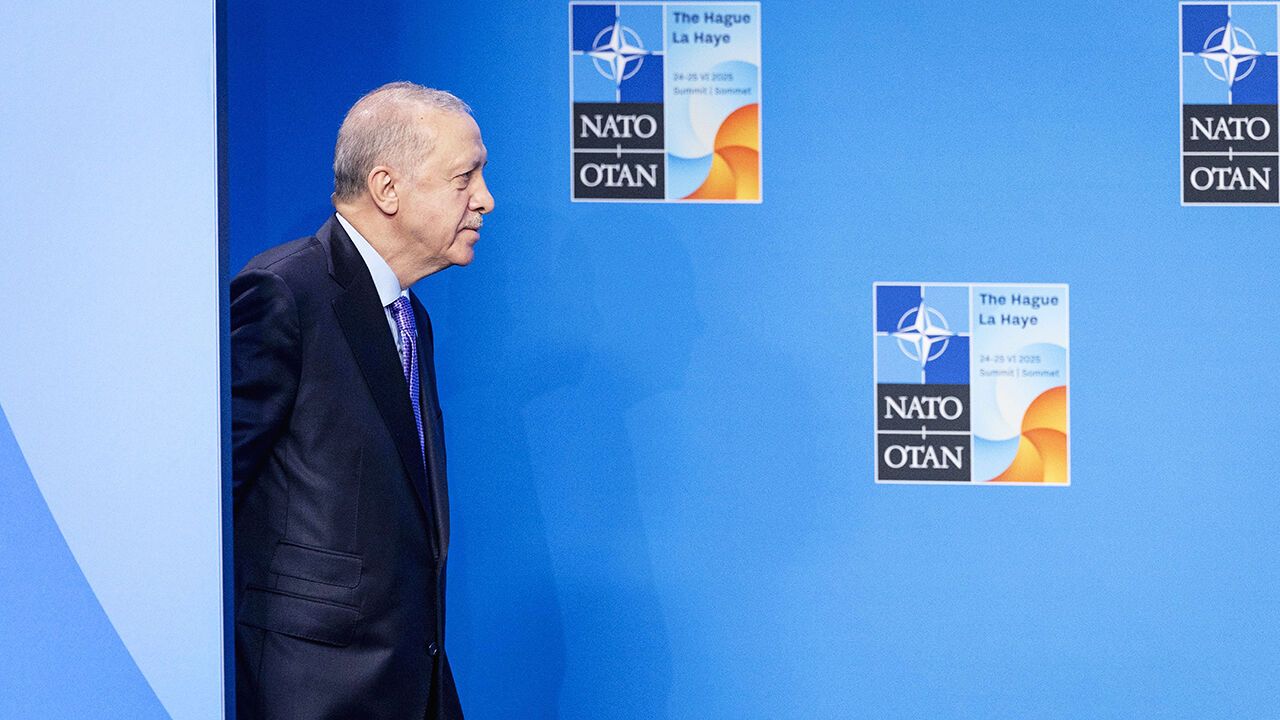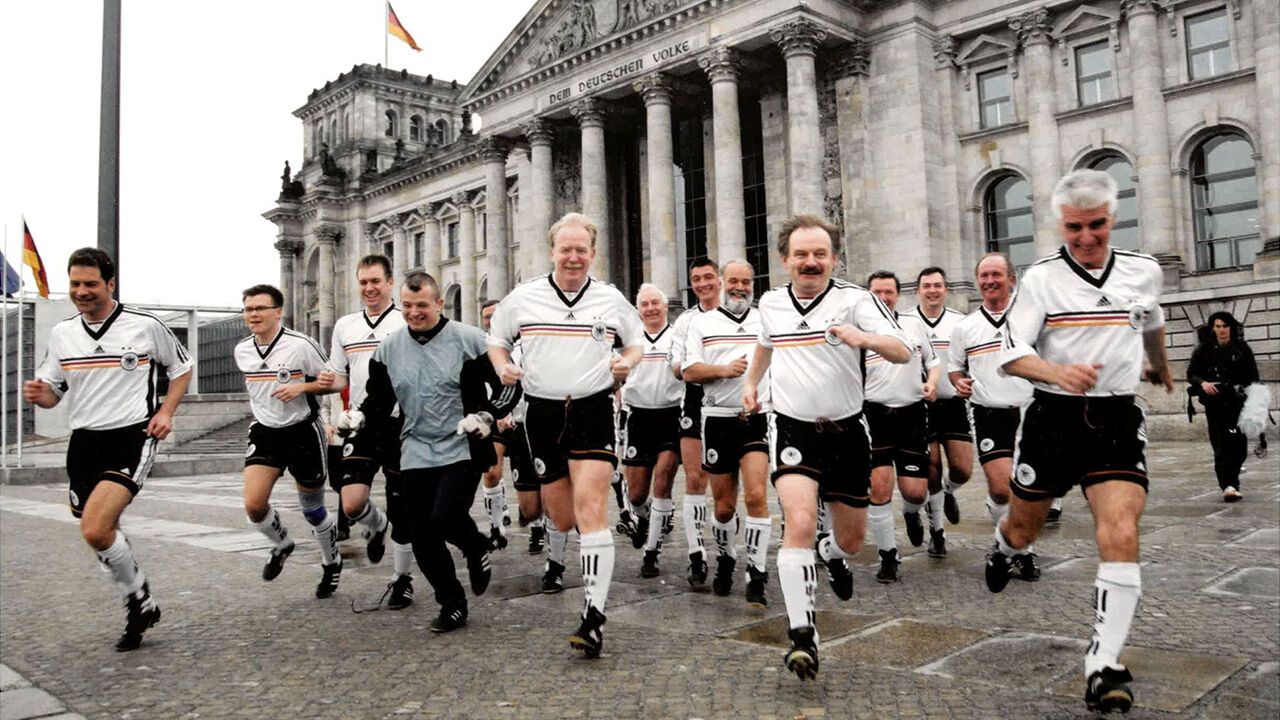A defence splurge will slow Europe’s deindustrialisation
But probably not reverse it

Europe’s economy is being squeezed by low internal growth, tariff threats from America and a surge of imports from China. The threat of deindustrialisation haunts the continent. But there is a bright spot, even if the reason for it is grisly: the need to rearm to deter an imperialist Russia and help Ukraine fight back. Germany has changed its deficit rules to allow unlimited debt-funded defence spending. Other countries in Europe’s north and east, such as Denmark, Sweden and Poland, have announced boosts to their defence budgets to anything between 3% and 5% of GDP. NATO has a new target of spending 3.5% of GDP on defence. It all means that Europe plans to buy a lot more military kit in the years to come—and wants to make most of it at home.
This article appeared in the Europe section of the print edition under the headline “The jobs of war”
Europe
June 28th 2025- At a tricky NATO summit, a Trumpian meltdown is averted
- A defence splurge will slow Europe’s deindustrialisation
- Germany is embarking on an almighty borrowing binge
- Ukraine is inching towards robot-on-robot fighting
- A bitcoin scandal is good news for the Czech Donald Trump
- How strongmen mastered the art of dividing Europe

From the June 28th 2025 edition
Discover stories from this section and more in the list of contents
Explore the edition
Ukraine’s political infighting gets nasty
As Trump starves it of arms, there is turmoil inside the government

Turkey’s strongman is becoming Donald Trump’s point man
But renewed war with Iran would put the honeymoon with Recep Tayyip Erdogan to the test

Germany’s Bundestag bars AfD MPs from its football team
Could the sporting ban precede a political one?
An infestation of ticks menaces Istanbul
And mosquitos are a growing problem too
The sleeping policeman at the heart of Europe
Enforcement of EU law has become an afterthought
A pragmatic amnesty for separatists benefits Catalonia
But it carries costs for the rule of law

